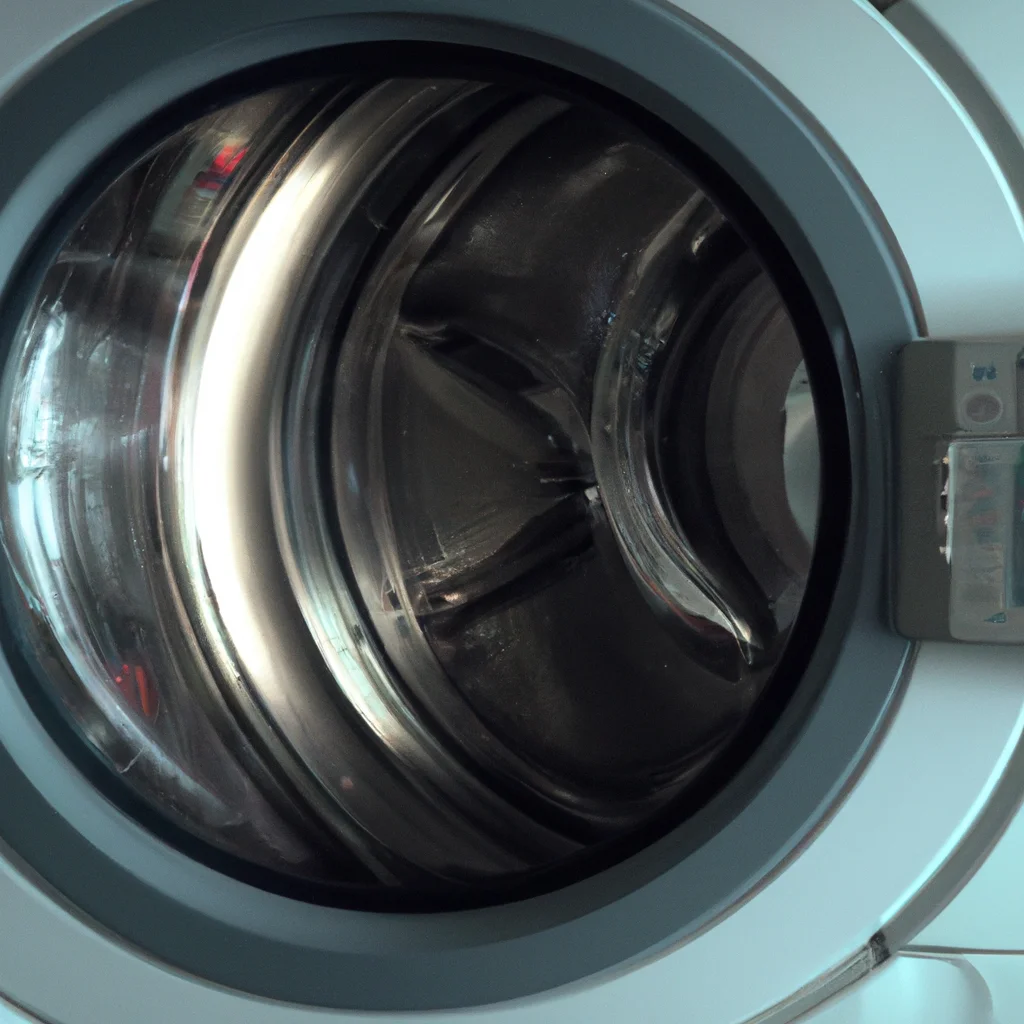How does a washing machine work?


How does a washing machine work?
Washing machines have become an essential part of our daily lives, making laundry an easier task to complete. But have you ever wondered how a washing machine works? In this article, we will explore the inner workings of a washing machine and answer the question, “How does a washing machine work?”
The Basics of a Washing Machine
A washing machine is a home appliance used for washing laundry. It is designed to automate the washing process, making it easier and more efficient. A washing machine typically consists of two main parts: the outer shell and the inner drum. The outer shell is made of metal or plastic and has a door on the front that allows you to load and unload the laundry. The inner drum is where the laundry is placed for washing.
The Process of Washing
When you load your laundry into the washing machine and start the cycle, the following steps occur:
1. Water is added to the washing machine.
2. The inner drum starts to rotate, allowing the water and detergent to mix and dissolve.
3. The soapy water is then forced through the clothes, removing dirt, stains, and odors.
4. The dirty water is drained out of the washing machine.
5. The inner drum rotates again to remove excess water from the clothes.
6. The washing machine will then either go into a spin cycle or a dryer cycle, depending on the model.
The Components of a Washing Machine
To better understand how a washing machine works, it’s important to know the components that make up the appliance. Here are the main parts of a washing machine and their functions:
1. Motor – The motor is responsible for powering the washing machine and making the inner drum rotate.
2. Pump – The pump is used to drain the dirty water from the washing machine.
3. Agitator – The agitator is a central spindle that rotates in the opposite direction to the drum, ensuring that the clothes are thoroughly cleaned.
4. Control Panel – The control panel is where you can select the washing cycle and adjust the temperature and spin speed.
5. Water Inlet Valve – The water inlet valve controls the flow of water into the washing machine.
6. Timer – The timer controls the length of the washing cycle and the duration of each step.
7. Detergent Dispenser – The detergent dispenser is where you add detergent to the washing machine.
Different Types of Washing Machines
There are different types of washing machines available in the market, each with its unique features and functions. Here are the main types of washing machines:
1. Top Load Washing Machines – In top load washing machines, the laundry is loaded from the top, and the agitator is placed in the center of the drum.
2. Front Load Washing Machines – In front load washing machines, the laundry is loaded from the front, and the drum rotates horizontally.
3. Portable Washing Machines – Portable washing machines are designed for small spaces and are usually smaller than regular washing machines.
4. Washer-Dryer Combos – Washer-dryer combos are appliances that combine a washing machine and a dryer in one unit.
Conclusion
In conclusion, a washing machine works by using water and detergent to remove dirt and stains from clothes. The inner drum rotates, allowing the water and detergent to mix, and the dirty water is then drained out of the washing machine. The motor, pump, agitator, control panel, water inlet valve, timer, and detergent dispenser are the main components of a washing machine, each with its function. Different types of washing machines are available in the market, each with unique features and functions. Understanding how a washing machine works can help you make the most of your appliance and ensure that your laundry is always clean and fresh.
Recent Posts
How do I create an engaging and informative online quiz or assessment?
Creating an engaging and informative online quiz or assessment can be a powerful tool for… Read More
What are the most effective methods for managing and reducing work-related stress in the hospitality industry?
Work-related stress is a common issue in the hospitality industry, where employees often face long… Read More
How can I improve my assertiveness and communication skills in a leadership position?
In a leadership position, assertiveness and effective communication skills are crucial for success. Being able… Read More
What are the key elements of a successful employee recognition and rewards program?
Employee recognition and rewards programs play a crucial role in motivating and engaging employees, as… Read More
How do I effectively manage and respond to customer feedback and reviews?
Customer feedback and online reviews play a crucial role in shaping a company's reputation and… Read More
What are the best strategies for effective time management as a stay-at-home parent?
Effective time management is crucial for stay-at-home parents who juggle multiple responsibilities on a daily… Read More